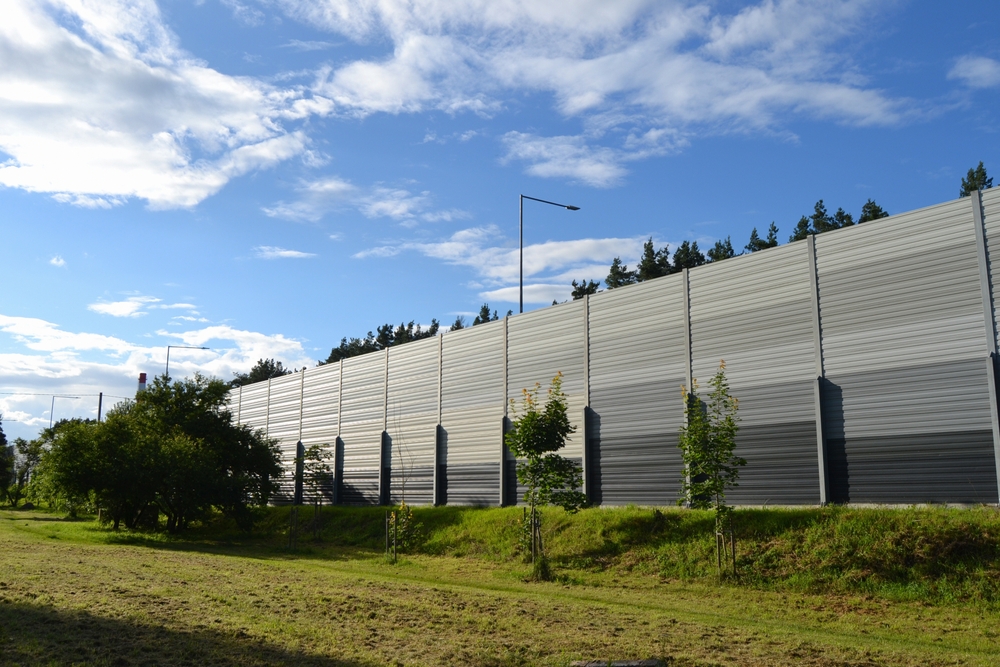Absorbing sound outdoors involves using materials and landscaping elements that can reduce sound reflection and minimize noise pollution in outdoor spaces. Here are some common methods and materials that can help absorb sound outside:
- Vegetation: Dense vegetation, such as trees, shrubs, hedges, and tall grasses, can act as natural sound absorbers. The leaves, branches, and stems of plants can help absorb and diffuse sound waves, reducing noise levels. Evergreen trees and shrubs are particularly effective year-round.
- Living Green Walls: Green walls or vertical gardens made of plants can be installed on walls, fences, or freestanding structures. They provide both aesthetic appeal and sound absorption benefits.
- Water Features: Water features like fountains, waterfalls, and ponds can produce soothing sounds that mask unwanted noise. The sound of flowing water can help create a more peaceful outdoor environment.
- Acoustic Panels: Acoustic panels designed for outdoor use can be mounted on walls, fences, or other structures. These panels are engineered to absorb sound and reduce noise reflection.
- Outdoor Curtains: Outdoor curtains made from noise-absorbing materials can be hung on pergolas, gazebos, or other outdoor structures to help reduce sound levels.
- Porous Surfaces: Using porous materials for outdoor surfaces, such as gravel pathways or permeable pavers, can help reduce sound reflection by allowing sound waves to be absorbed into the ground.
- Sound-Absorbing Materials: Consider using sound-absorbing materials in outdoor furniture, cushions, and pillows. These materials can help reduce noise reflections off hard surfaces.
- Hardscape Elements: Solid walls, fences, and other hardscape elements can block and deflect sound. Integrating these elements strategically in your outdoor space can help reduce noise pollution.
- Outdoor Carpets and Rugs: Placing outdoor carpets or rugs made from sound-absorbing materials can reduce noise reflection from hard surfaces like concrete or tile patios.
- Acoustic Barriers: Acoustic barriers or noise barriers, typically made of materials like concrete, metal, or plastic, are designed to reduce noise pollution from sources like highways or busy roads. They can be effective in blocking and absorbing sound in outdoor spaces.
- Outdoor Furniture Arrangement: Arrange outdoor furniture strategically to help break up sound waves and reduce noise reflection. Furniture with soft cushions and upholstery can also contribute to sound absorption.
- Soundscaping: Creating a pleasant soundscape with elements like wind chimes, wind sculptures, or rustling bamboo can help mask unwanted noise with more pleasant ambient sounds.
The specific combination of methods and materials you use to absorb sound outside will depend on the layout of your outdoor space, the sources of noise you’re dealing with, and your aesthetic preferences. Combining multiple strategies can often provide the best results in reducing outdoor noise pollution and creating a more peaceful outdoor environment. Consulting with a landscape designer or acoustic engineer can help you design an effective and aesthetically pleasing outdoor sound absorption solution.


